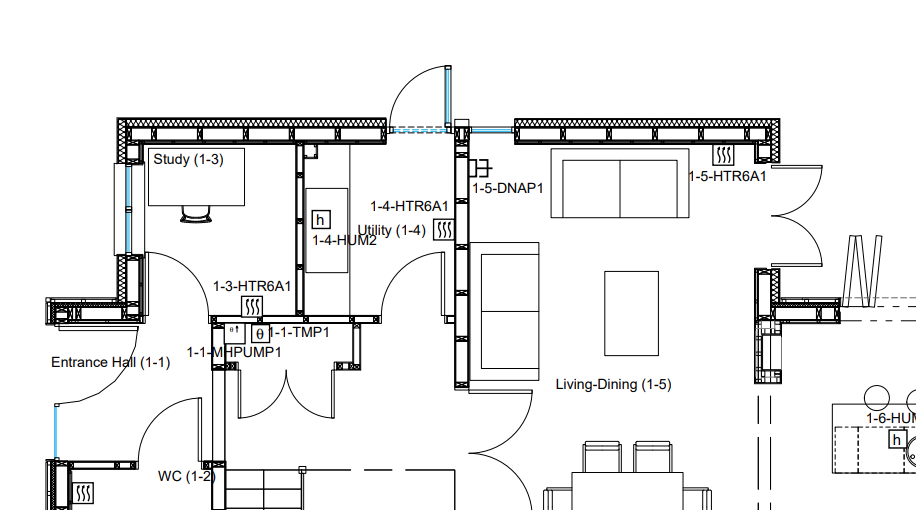
The client
A developer building new homes for social housing and for private sale.
McCarthy Stone is the UK’s leading developer and manager of retirement communities.
McCarthy Stone wanted to investigate options for how to develop their existing all electric building servicing strategy for future developments. There were imminent changes due to be made to the UK building regulations which will affect use of energy, overheating and the introduction of SAP10. The client was looking for mechanical services solutions in dwellings with high performance fabric which aim to balance capital expenditure with ongoing operational costs and carbon dioxide emissions.
Atamate undertook energy modelling of a number of possible servicing options to inform a final mechanical systems strategy. A beta version of the SAP10 methodology was used to check the compliance of each design combination with the incoming building regulations.
There is often a ‘performance gap’ between the energy consumption predicted by SAP and reality. The PassivHaus Planning Package (PHPP) was therefore used to further investigate energy use as this is often considered to have a more accurate approach for estimating operational energy use. The output from this provided the client with information about operational carbon emissions and running cost.
The combination of these modelling approaches enabled a robust assessment, giving a rounded picture of how the services options would perform. We worked iteratively with the client in order to provide a fuller understanding of the design proposals and their place in the future regulatory context.
The key conclusions of this study
| Location | UK |
| Project description | Mechanical services strategy for future flats |
| Consultancy services |
Energy modelling Future proof compliance analysis (draft SAP10) Passiv Hause Planning Package (PHPP) Review of mechanical strategies Decision focused digest of results |
| atBOS data products |
Analysis Metering Alerts |
| Mechanical systems
|
Direct electrical heating Direct electrical heaters with advanced control Air source heat pump (ASHP) Mechanical extract ventilation (MEV) Mechanical ventilation with heat recovery (MVHR) Demand controlled ventilation (DCV) Exhaust-air heat pump (EAHP) |
For more information about our Consultancy services please follow this link, or get in touch below or on info@atamate.com

A developer building new homes for social housing and for private sale.